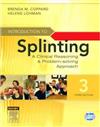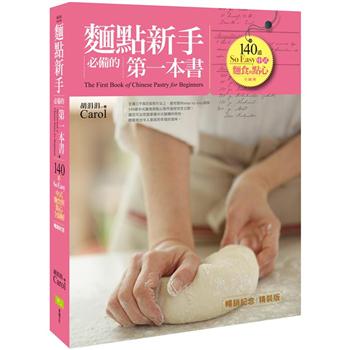| FindBook |
有 1 項符合
Introduction to Splinting的圖書 |
 |
Introduction to Splinting 作者:Brenda M. Coppard 出版社:N/A 出版日期:2011-09-08 語言:原文書 |
| 圖書選購 |
| 型式 | 價格 | 供應商 | 所屬目錄 | 二手書 |
$ 510 |
二手中文書 |
|---|
| 圖書館借閱 |
| 國家圖書館 | 全國圖書書目資訊網 | 國立公共資訊圖書館 | 電子書服務平台 | MetaCat 跨館整合查詢 |
| 臺北市立圖書館 | 新北市立圖書館 | 基隆市公共圖書館 | 桃園市立圖書館 | 新竹縣公共圖書館 |
| 苗栗縣立圖書館 | 臺中市立圖書館 | 彰化縣公共圖書館 | 南投縣文化局 | 雲林縣公共圖書館 |
| 嘉義縣圖書館 | 臺南市立圖書館 | 高雄市立圖書館 | 屏東縣公共圖書館 | 宜蘭縣公共圖書館 |
| 花蓮縣文化局 | 臺東縣文化處 |
|
|
圖書介紹 - 資料來源:TAAZE 讀冊生活 評分:
圖書名稱:Introduction to Splinting
The third edition of "Introduction to Splinting: A Clinical Reasoning and Problem-Solving Approach" helps readers master the basic theory, principles, and techniques of splinting needed for clinical practice. Using a combination textbook/workbook format, it integrates theory and technical knowledge with hands-on learning features that equip readers with essential clinical knowledge, critical thinking skills, and problem-solving skills associated with splinting.
|











